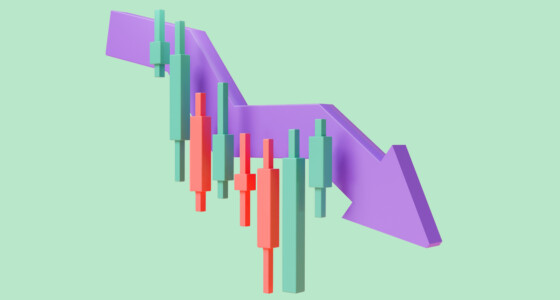

Every country has a central bank, and in the case of India, it is the RBI. From this article, you will get a complete introduction: you will find out what the full form of the RBI is, when it was founded and nationalized, and more.
About RBI
The history of the Reserve Bank of India (RBI) began not so long ago; it was established in 1935. RBI is responsible for the banking system in India and manages the Indian rupee. It also supervises the country’s monetary and credit systems to maintain economic stability.
Note! RBI was founded in Kolkata following the Reserve Bank of India Act. The building now houses a museum dedicated to RBI.
Understanding the Reserve Bank of India
Today, the RBI is headquartered in Mumbai and helps the financial market in many ways. The RBI established the rate that Indian commercial banks lend to each other. The Mumbai Interbank Offer Rate (MIBOR) is a standard for financial instruments in India that have to do with interest rates.
Since the RBI is a bank, you might wonder what the Reserve Bank of India’s share price is. Unfortunately, the RBI doesn’t have a share price and is not listed on BSE.
Role and functions of the RBI
You might ask what the functions of RBI are. To explain the functions of RBI, we should say first it is to supervise India’s entire financial sector. The role of the RBI is to control and regulate the country’s monetary and credit systems. This gives the public more faith in the national financial system, keeps interest rates stable, and gives the public good banking options. Lastly, the RBI is responsible for issuing Indian currency (rupee) for the country.
After defining of state the role of the Reserve Bank of India, let’s move to its functions:
- It is the only organization that controls the printing of currency notes (except for the one rupee note, which is printed by the ministry of finance).
- The Reserve Bank of India acts as the government’s banker. Its responsibilities include overseeing the country’s public debt and advising the government on monetary policy matters.
- In addition to its other names, the central bank is commonly referred to as “the banker’s bank” since it provides services similar to commercial banks.
- The Reserve Bank of India controls the nation’s credit and banking systems. Inflation is kept under control, and policy decisions are made.
- The central bank uses its foreign reserves to maintain stable exchange rates by buying and selling foreign currency.
Note! The RBI also manages all foreign exchange under the Foreign Exchange Management Act of 1999.

Special Considerations
The RBI’s history is unlike most other central banks in the world. Initially, it was established as a private corporation in 1935; 14 years later, RBI was nationalized, which means that the bank’s state administration in 1949.
The national government’s central board of directors governs the reserve bank. The government of India has always appointed the bank’s directors of India for a tenor of 4 years each.
According to its website, the RBI’s current focus is to maintain its expanded oversight of financial institutions while dealing with legal challenges connected to bank fraud and consolidated accounting and aiming to develop a supervisory rating model for its banks.
Conclusion
So, we have discussed role and functions of RBI. The Reserve Bank of India controls the economy of India. It is charged with the responsibility of ensuring that India’s currency, the rupee, is sufficiently supplied and that it holds its value at an appropriate level. The Reserve Bank of India must also maintain a steady and reliable monetary system to facilitate the growth, stability, and development of the Indian economy.








